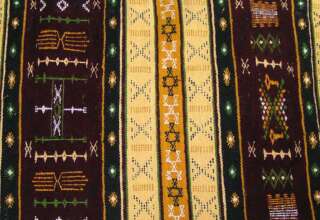
We propose that the images established during our childhood reinforced by the dominant media of the time as well as our own parents and other significant adult figures in our lives continue to hold a powerful, though often unacknowledged or even unconscious, hold on our lives. At some very deep level we look for the perfect relationship as it is defined by this old image, and are often depressed, angry or discouraged when we find that our own significant relationships fail to match or even come close to matching this image. We also tend to get quite confused when we inevitably mix together images of perfect relationships that come from different eras.
Conclusions: The Four Dominant Images of Intimacy
Our interviews suggest that there are four dominant images that are widely shared by men and women of our time and, in particular, by men and women who were born before 1965 regarding the essential ingredients of a perfect, long-term relationship: (1) a stable, satisfying routine (“Let’s live happily ever after”), (2) an escape from past history and personal limitations brought about by the relationship (“You make me feel brand new”), (3) a non-changing compatibility of style, values and aspirations (“Like what I like, be like I’m like”) and (4) an exciting, always gratifying sex life (“Still great in the sack!”). We assume that if we only have stability, compatibility, a “new self” and great sex, our life as a couple will be
In many ways, these four images have changed very little from the turn of the 20th Century. Marriage was assumed to be a stable, eternal institution in 1900, and was to be based on similar backgrounds and perspectives. Marriage in 1900 was intended to bring about a “rebirth” (to use Churchill’s term), as well as provide an institution for procreation (the sexual dimension of marriage). In the following essays we will examine each of these images—cultural narratives — and identify alternative models concerning how long-term, enduring relationships really operate, at least as described by the men and women we interviewed.







